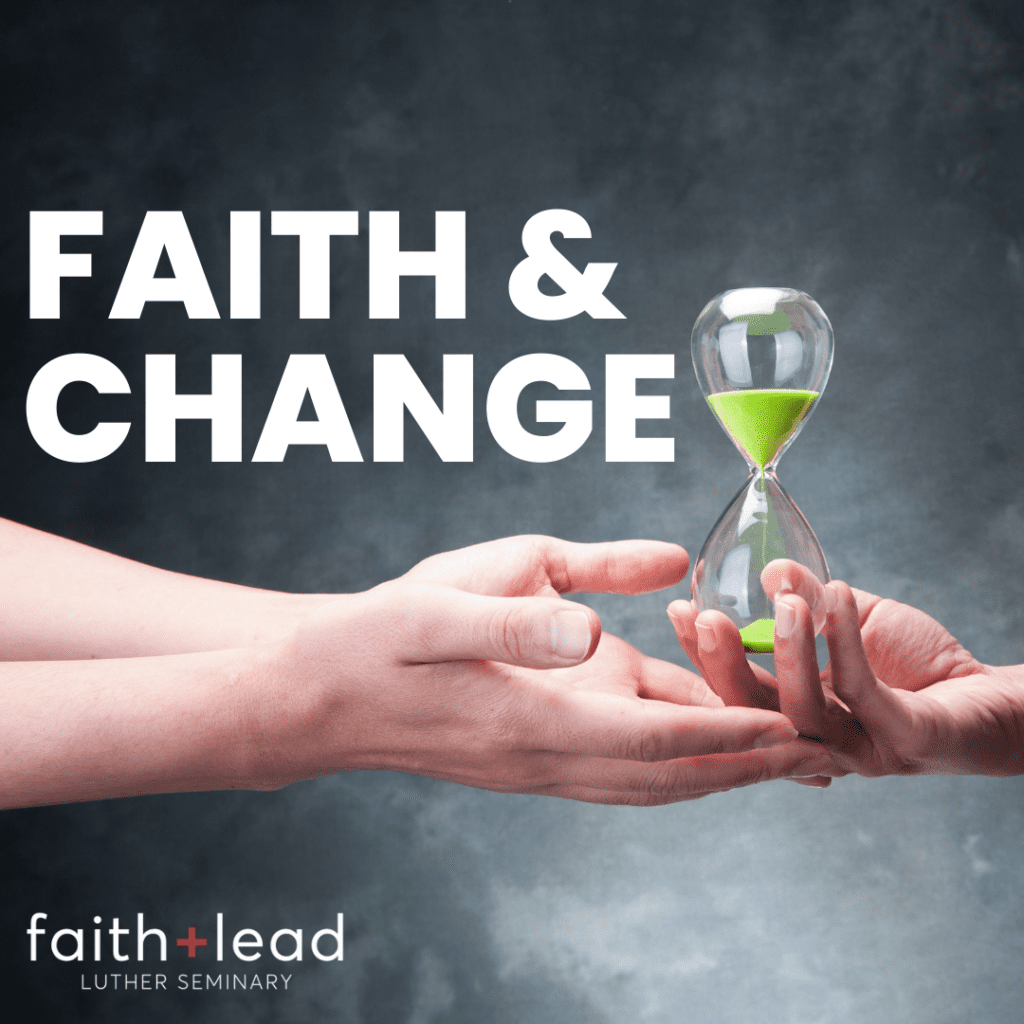The Lord proclaims: “The people who survived the sword found grace in the wilderness.” (Jeremiah 31:2)

A story of moral injury
I am the grandson of a WWI combat veteran who returned home and never spoke about the war. Yet, he experienced a healing shalom throughout his life by walking his corn and “getting lost” with God during worship. He requested to be buried wearing his WWI service pin. As a combat veteran and military chaplain, I think this was a sign that he was able to reconcile the things that tore him apart. In a way, the quiet he experienced outdoors and the community he experienced in church helped him to reconnect “what mattered” with “who mattered” in ways “that mattered.”
Psalmists describe this process as waiting for God, and Military chaplains view this process as a “ministry of presence.” But what we mean is that God is present in living relationships with hurting people, over time, and in the very contexts that cause them pain. To understand what this means for people who are living with moral injury, we need to theologically reflect and pastorally act upon three foundational understandings.
Moral injuries begin with violations of core values
These violations occur along a spectrum of traumatic events that influence whether people react and heal as:
- Moral victims: At one end of the spectrum are the moral victims who experience changes in life meaning from abuses, assaults, and actions done to them.
- Moral participants: In the middle of the spectrum are moral participants such as first responders, medical personnel, teachers, counselors, and pastors who experience changes in life meaning from their efforts to help during traumatic events.
- Moral agents: At the opposite end of the spectrum are moral agents such as warfighters and police who experience life changes from harms they perform.
All three groups experience emotional and spiritual reactions related to violations of their core values, and as they process these reactions they experience grief, anger, guilt, shame, embitterment, depression, mistrust, betrayal, isolation, etc. This processing is cognitive and emotional. However, to approach someone who is suffering based upon their reactions is to miss the very dynamics that cause their suffering.
To approach a moral victim as a moral agent is to deny the nature of the unsolicited trauma that violated their values and changed their life’s meaning. Likewise, to approach a moral agent or moral participant as a moral victim is to deny the core values that make them responsible and accountable for the consequences of their moral agency.
Moral dissonance changes life’s meaning
The separation of our moral values from life practices creates a moral dissonance that can change our life’s meaning. The more our moral values are integrated with our ethical practices, the less moral dissonance we experience. Conversely, the greater the dis-integration between our moral values and ethical practices, the greater the level of moral dissonance we experience. Sometimes moral dissonance is inflicted by others; other times moral dissonance is self-inflicted.
Furthermore, the greater our moral dissonance, the greater the potential for persistent moral injury. Moral dissonance is the primary mechanism of injury that leads to secondary, maladaptive behaviors that can range from suicide and addiction to anger and isolation.
Post-Traumatic growth depends upon the reconciliation of moral dissonance
Moral injuries do not end until the moral dissonance that is the source of the care seeker’s thoughts and emotional reactions is addressed. In essence, care providers need to help people with moral injuries co-create new life meaning from the rubble caused by their moral dissonance. Sometimes their dissonance comes from betrayals and other times it is from moral judgments over what they’ve done, failed to do, or witnessed.
This language is embedded in the confessional language of our liturgies, as well as embodied in the lives of combat veterans. Just as traumatic experiences place moral victims and participants in a type of wilderness, so too moral agents live in a post-traumatic wilderness imposed by consequences from their moral agency.
However, there is also the space in this wilderness to construct new life meanings. Different therapies provide ways for doing this, and their effectiveness depends upon the care provider’s professional orientation and the quality of their relationships with morally injured people. These therapies range from:
- cognitive-behavioral processing of traumatic events and core values
- analysis of deep-seated meanings derived from events
- adaptive disclosure to process traumatic events and empower forgiveness
- acceptance-commitment therapies that focus upon reconnecting specific personal challenges to meaningful behaviors.
Healing strategies for churches
People who suffer from moral injuries can benefit from every one of these healing therapies. However, there is one last element. Awareness of the post-traumatic wilderness caused by moral dissonance invites mindfulness in the quiet spaces where God’s presence is experienced in reflective practices. The Church is a community where practices such as prayer, confession, absolution and eucharist contribute to the restoration of wholeness in those who suffer with moral injuries. Post-traumatic growth can be a long-term healing process brought about by waiting on the presence of God who outlives the shattering of values and the “shaking of foundations” that accompany traumatic events.
Healing strategies for moral injuries do not require repeated resolution of traumatic events. However they must include pathways for moral victims, moral participants, and moral agents to reconcile their moral dissonance by:
- non-judgmental and active listening to narratives of moral injury
- identifying the specific sources and the consequences of spiritual struggles
- participating in reflective practices that support self-care, compassion, and forgiveness
- reconnecting meaningful life values with meaningful life practices and relationships
Identify ways your congregation already creates space for this kind of healing. What else might you intentionally do?



